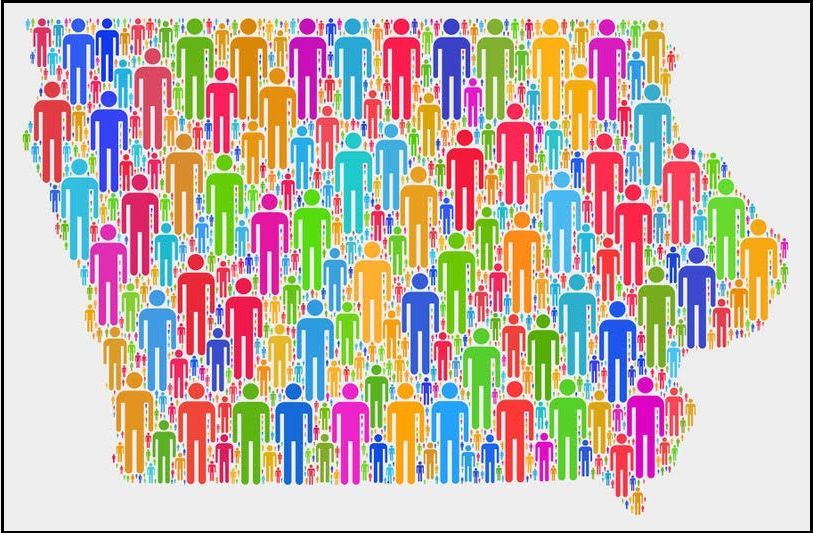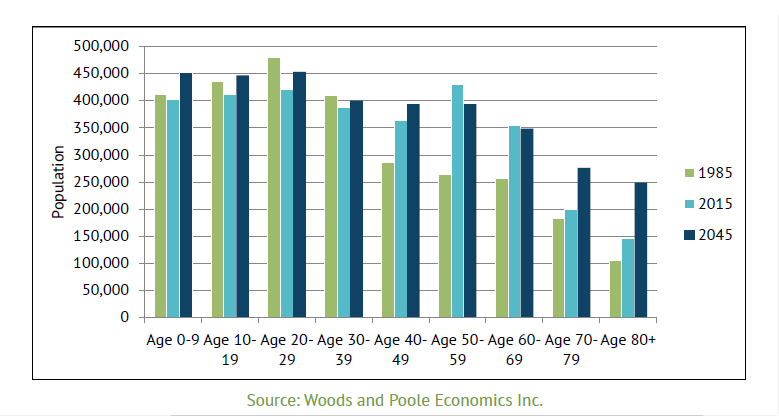Providing Multi-Generational Healthcare

Generational Differences Matter When
Engaging Patients
Just as each generation of patients expresses unique preferences for music and fashion, different generations seek different experiences in healthcare. Practitioners must understand these generational variations if they are to provide the most effective care.
Let's explore the preferences for each demographic group, as well as the best ways to engage them.
Generation Z
Birth Years: 1997 to 2012
Gen Zers were born into the hyper-connected world of social media and texting. They practically live on their mobile devices, and most have regular access to at least five screens (smartphone, TV, laptop, desktop, and iPad).
This young age group is the most racially diverse generation to date. They’re concerned about stress and often rank their mental health as poor. But they are unlikely to visit the doctor because of the cost, inconvenience, and lack of time. Instead, they’ll seek alternatives, such as wearable devices or supplements.
Of all the generations, Zers are the most likely to take preventative care into their own hands.
How to Engage Them
Generation Zers are looking to technology for healthcare engagement. They want:

Iowa's Shifting Demographics
Iowa’s median age has increased from 30 years old in 1980 to 38.3 years old in 2020, and 17.7% of Iowa’s population is older than 65 – the eighth-highest percent in the U.S. This number is expected to continue to grow as more as more Baby Boomers reach this milestone.
At the same time, 40% of the state’s forecasted 2045 population will be younger than 30. Millennials currently account for the majority of Iowa’s population, followed by Baby Boomers.
The figure below indicates Iowa’s estimated population by age for 1985, 2015, and 2045:

Sources: Iowa Dept of Transportation, U.S. Census
- Telemedicine
- Online scheduling and payment options
- Wearable devices
- Easy access to health data
To effectively engage this cohort of patients, you need more than just a website; you need a solid online presence. Adopting best SEO practices and creating a Google Business profile will display your site more prominently on search results. Integrating online scheduling and payment options will also boost your online presence and improve the patient experience.
For Gen Zers, convenience is king. A dedicated patient app allows them to perform simple tasks, such as viewing lab results, requesting prescription refills, or paying bills without a phone call or office visit. If your practice does not offer telemedicine, you’re missing out on an excellent opportunity to attract young patients without increasing overhead.
Millennials
Birth Years: 1981 to 1996
Millennials are the largest adult generation, partly due to the increase in young immigrants. However, they’re also the lowest users of traditional healthcare.
Like Gen Zers, Millennials want digital options in healthcare. They’re entirely comfortable with mobile devices, but about a third prefer the computer for online transactions. They typically maintain multiple social media accounts.
In addition to easy access to medical records and online scheduling, Millennials want the option of online chats with medical professionals. They also tend to make healthcare decisions based on emotional experiences.
As a result, a single negative experience will likely cause them to switch providers. They have high regard for peer input and current patient testimonials. They’re looking for deep, genuine connections with their doctors.
How to Engage Them
As with Gen Zers, engaging Millennial patients requires that healthcare professionals immerse themselves in digital technologies. Telemedicine, online payment and scheduling options, social media chats, and various mobile apps must be employed when facilitating patient-provider interactions.
Social media is vital to engaging this cohort of patients. Most social media apps offer instant messaging services so you can engage your patients in real-time. They also allow you to tailor your content to this demographic, providing immediate answers to prospective patients’ questions.
In this way, social media helps create brand awareness and forge a bond between your practice and your patients or potential patients.
Generation X
Birth Years: 1965 to 1979/1980
Generation X patients make frequent trips to the doctor – for themselves, their children, and their aging parents. When it comes to selecting healthcare providers, 75% of Gen X'ers are the primary decision-makers. However, compared to Baby Boomers and the Silent Generation, Gen X'ers report the highest dissatisfaction rate.
X'ers are digitally savvy, but they’re looking for personalization and compassion with each encounter – not just convenience. Trust is of paramount importance to them. They generally trust their individual providers, but not medical establishments per se.
Generation X tends to highly trust a health system’s website or direct mail marketing and this group is comfortable with traditional media (TV, radio, newspapers) providing healthcare information. They are not as trustful of social media, however.
New Paragraph
--Article Continues Below--

How to Engage Them
When making healthcare decisions, Generation X patients rely on various sources of information and carefully analyze all their options. As the most highly educated demographic, they want intelligent content and meaningful communications. You can appeal to them through an engaging website, as well as direct marketing and other traditional media outlets.
Many Gen Xers work full-time, comprising 33% of the U.S. workforce. So they seek convenience and ease of scheduling appointments for in-office visits. Extra appointment time options, such as evening and weekend hours, would be an important step toward satisfying this patient group.
Baby Boomers
Birth Years: 1946 to 1964
This aging demographic relies on healthcare providers often for existing and developing conditions. Almost 40% of Baby Boomer patients visit their doctors three to six times yearly, and 22% see the doctor seven or more times per year.
Boomers are interested in high-quality, individualized care. They tend to ask many health-related questions and research health topics online. Perhaps surprisingly, they often utilize patient portals to communicate with their providers.
Baby Boomers are more loyal to their healthcare provider than younger age groups are. They’re inclined to maintain physician loyalty as long as they receive quality care and coverage. They value practices with strong positive reputations because word-of-mouth recommendations are important to them.
Unlike the younger generations, Boomers are likely to follow health advice and care instructions from a physician they trust.
How to Engage Them
When engaging Boomer patients, balancing traditional and digital media is essential. While many still embrace television and print media (34% read at least one magazine daily), most patients are also active online.
Many seniors still prefer paper communications for billing statements, event invitations, and information about new procedures. Concerning appointment reminders, some Boomers want a person-to-person phone call, while others prefer a text – as long as the message is personalized.
The Silent Generation
Birth Years: 1929 to 1945
Silent Generation patients are the most frequent users of the healthcare system. Like Baby Boomers, they rely on their doctors’ advice. They are the most likely of all to follow doctors’ orders to the letter. They respect medical authority and firmly believe in good service. They seek credible health professionals and won’t trust just any expert.
The Silent Generation holds static views that are not likely to change. They stick to traditional health advice. They’re inclined to be uncomfortable with the technological shift within the health industry.
How to Engage Them
Because these patients depend heavily on their physicians’ opinions, providers must keep all instructions clear and explicit. This may require teaching them how to access the patient portal or enlisting a family member to help.
Engaging this patient demographic also means ensuring they’re properly cared for between office visits. Work to understand their living situations and support systems. Then, help them become more comfortable with healthcare technology while still delivering the quality of personal service they associate with traditional care.
Sources:
Featured Image: Adobe, License Granted
Patient Engagement Hit
Nebraska Health Network
Etactics
Meditab
Mercury Healthcare
Recent Posts











Share On: